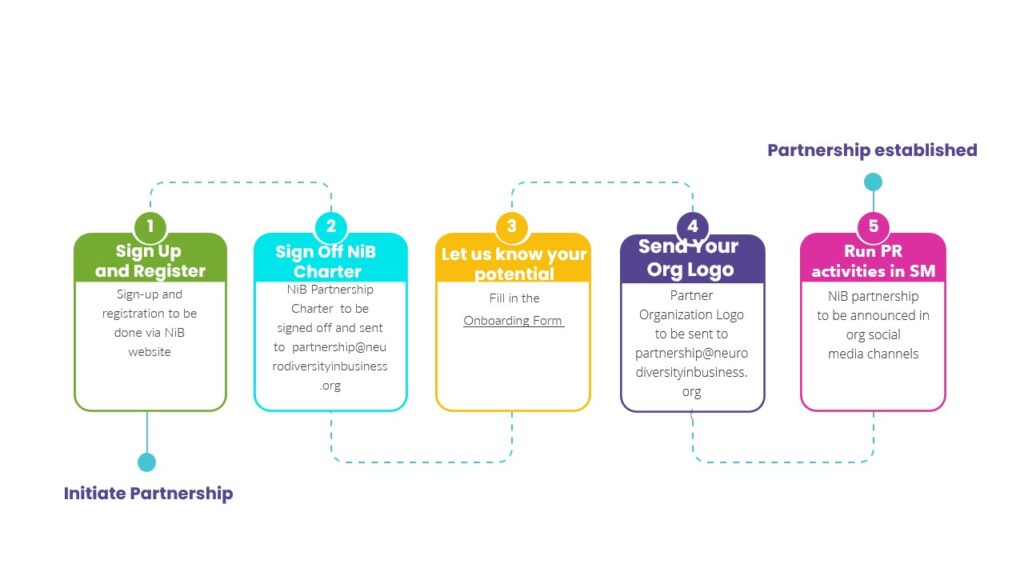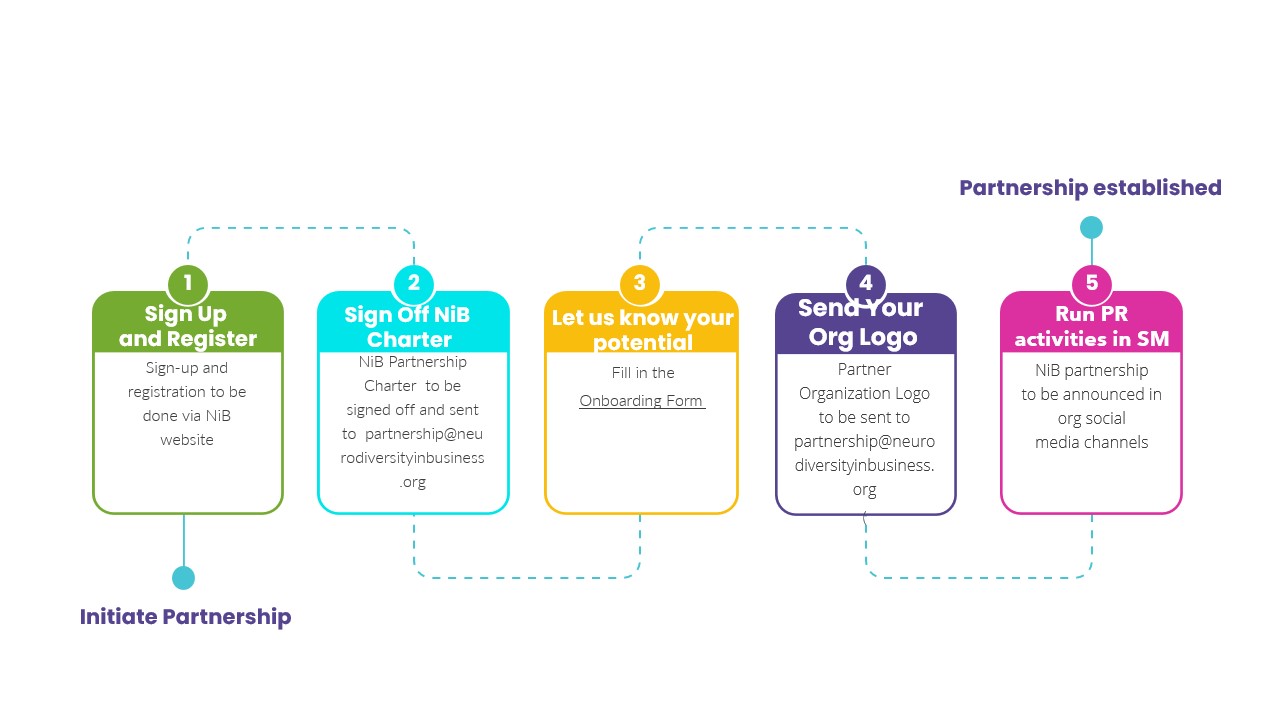
The Ultimate Guide to Onboarding Partners for Explosive Growth
In today’s competitive business landscape, strategic partnerships are crucial for sustainable growth. However, simply securing a partnership isn’t enough. The key to unlocking the full potential of these alliances lies in effective onboarding partners. A well-structured onboarding partner program can significantly impact the success of your collaborations, fostering strong relationships, accelerating time-to-value, and ultimately driving revenue. This guide provides a comprehensive overview of how to develop and implement a successful onboarding partner strategy.
Why Partner Onboarding Matters
Many companies underestimate the importance of a robust onboarding partner process. They assume that once a partnership agreement is signed, the rest will fall into place. However, without proper onboarding, new partners may struggle to understand your products, processes, and overall business strategy. This can lead to frustration, delays, and ultimately, a failed partnership. Effective partner onboarding is not just about training; it’s about building a strong foundation for a long-term, mutually beneficial relationship.
- Faster Time-to-Value: A streamlined onboarding process helps partners quickly understand your offerings and start generating revenue.
- Improved Partner Engagement: When partners feel supported and informed, they are more likely to be engaged and committed to the partnership.
- Reduced Churn: Effective onboarding reduces the likelihood of partners becoming disengaged and ultimately terminating the partnership.
- Increased Revenue: Well-onboarded partners are more productive and generate more revenue for both parties.
- Stronger Relationships: A positive onboarding experience fosters trust and builds a strong foundation for a long-term relationship.
Key Elements of a Successful Partner Onboarding Program
A successful onboarding partner program should be comprehensive, engaging, and tailored to the specific needs of your partners. Here are some key elements to consider:
Define Clear Objectives
Before you start onboarding new partners, it’s important to define clear objectives. What do you want to achieve through the partnership? What are your expectations for the partner? Clearly defined objectives will help you measure the success of your onboarding program and ensure that everyone is aligned.
Develop a Structured Onboarding Plan
A structured onboarding plan provides a roadmap for new partners, outlining the steps they need to take to become fully integrated into your ecosystem. This plan should include timelines, milestones, and clear responsibilities for both parties. The plan should also be flexible enough to accommodate the unique needs of different partner types.
Provide Comprehensive Training
Training is a critical component of any successful onboarding partner program. Partners need to understand your products, services, and processes in order to effectively represent your company and generate revenue. Training should be delivered in a variety of formats, including online modules, webinars, and in-person workshops. [See also: Partner Training Best Practices] Be sure to tailor the training to the specific roles and responsibilities of the partner.
Offer Dedicated Support
New partners will inevitably have questions and need support as they navigate your ecosystem. Provide dedicated support channels, such as a dedicated account manager, a help desk, or a community forum. Make sure that partners know how to access support and that their inquiries are addressed promptly and effectively. Consider implementing a knowledge base with frequently asked questions and troubleshooting guides.
Establish Clear Communication Channels
Open and consistent communication is essential for building strong relationships with your partners. Establish clear communication channels, such as regular meetings, newsletters, and email updates. Keep partners informed about new products, promotions, and company news. Encourage feedback and actively solicit input from your partners to improve your program.
Implement a Partner Portal
A partner portal provides a centralized location for partners to access all the resources they need, including training materials, marketing collateral, sales tools, and support documentation. A well-designed partner portal can significantly streamline the onboarding process and improve partner engagement. The portal should be user-friendly, easy to navigate, and regularly updated with fresh content.
Track and Measure Performance
It’s important to track and measure the performance of your onboarding partner program to identify areas for improvement. Track key metrics such as time-to-value, partner engagement, and revenue generated by partners. Use this data to refine your onboarding process and ensure that it is delivering the desired results. Regularly review the program with key stakeholders and solicit feedback from partners to identify opportunities for optimization.
Provide Ongoing Support and Development
Onboarding is not a one-time event. It’s an ongoing process that requires continuous support and development. Provide ongoing training, resources, and support to help your partners stay up-to-date on your products and services and to improve their performance. Consider implementing a partner certification program to recognize and reward partners who have demonstrated a high level of expertise. Invest in your partners’ success, and they will invest in yours.
Best Practices for Onboarding Partners
Here are some additional best practices to keep in mind when onboarding partners:
- Personalize the Onboarding Experience: Tailor the onboarding process to the specific needs of each partner.
- Set Realistic Expectations: Be clear about what you expect from your partners and what they can expect from you.
- Provide Regular Feedback: Give partners regular feedback on their performance and identify areas for improvement.
- Celebrate Successes: Recognize and celebrate the successes of your partners.
- Build a Strong Partner Community: Create a community where partners can connect with each other and share best practices.
Tools to Streamline Partner Onboarding
Several tools can help you streamline the onboarding partner process. These include:
- Partner Relationship Management (PRM) Systems: PRM systems help you manage your partner relationships, track performance, and automate onboarding tasks.
- Learning Management Systems (LMS): LMS platforms allow you to create and deliver online training modules to your partners.
- Collaboration Tools: Collaboration tools, such as Slack or Microsoft Teams, can facilitate communication and collaboration between you and your partners.
The Future of Partner Onboarding
The future of onboarding partners is likely to be more personalized, data-driven, and automated. Companies will leverage artificial intelligence (AI) and machine learning (ML) to personalize the onboarding experience and provide partners with tailored recommendations and support. Data analytics will play an increasingly important role in tracking partner performance and identifying areas for improvement. Automation will streamline onboarding tasks, freeing up resources to focus on building stronger relationships with partners. As the business landscape continues to evolve, onboarding partners will become an even more critical function for companies seeking to achieve sustainable growth.
Conclusion
Effective onboarding partners is essential for maximizing the value of your strategic alliances. By implementing a structured onboarding plan, providing comprehensive training, offering dedicated support, and establishing clear communication channels, you can build strong relationships with your partners, accelerate time-to-value, and ultimately drive revenue. Investing in onboarding partner programs is an investment in the long-term success of your business. Remember to continuously evaluate and refine your onboarding process to ensure that it is meeting the evolving needs of your partners and your business.

